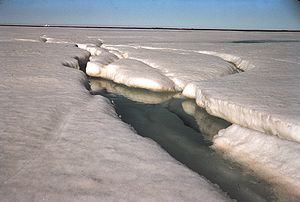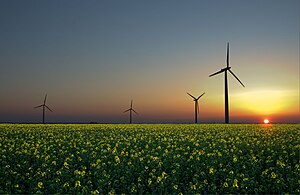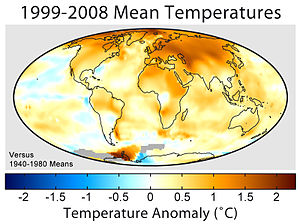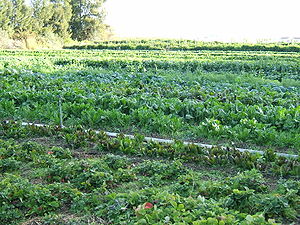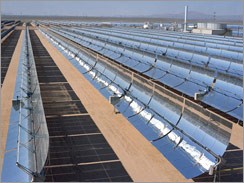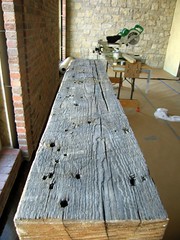 Image via WikipediaBy Lisa A Mason
Image via WikipediaBy Lisa A MasonIf you live in the city or suburban areas you probably have access to public transportation. Commuters travel to and from work, school and shopping every day by use of these services. Many people use this form of transportation to visit friends and family and to take care of all their personal needs because it an excellent way to travel without having to worry about doing the driving.
Public transportation includes but is not limited to, buses, street cars, subways, commuter trains and ferries. People use these services for a number of different reasons. For example, some commuters don't own a vehicle so this is a dependable way to travel where they don't have to depend on someone else to carry them everywhere they need to go. Many others choose to use this type of transportation so they help to reduce the carbon footprint they leave behind.
There are many benefits associated with using public transportation and some of these are listed below:
· You don't have to worry about dealing with all of the traffic on your way to and from work or waste time looking for a parking space. Someone else does the driving for you so you can sit back and relax. Once you arrive at your destination, you're dropped off with no hassles and when it's time to return home, you'll be picked up the same way.
· You won't have the expense of owning a vehicle such as car insurance, car payments and maintenance.
· It's economical and helps provide income for thousands of families by creating jobs.
· Public transportation has a set schedule so you always know what time they'll be running. This makes it easy to make a schedule around the hours the transportation is provided.
· It helps to reduce the harmful emissions released into the air when you drive. In other words, it's a greener way to travel from one location to another.
· Using this type of alternative transportation gives you the freedom to use your time wisely. Instead of spending time behind the wheel of a car stuck in traffic, you could be reading a book, preparing documents or doing a number of different things while someone else deals with the rush hour traffic.
Even if you only use this alternative transportation for your commute to and from work and drive when you travel personally, you're still helping the environment by cutting back on the use of gasoline and the amount of harmful emissions you emit into the air.
There are many benefits associated with using public transportation and it's so easy to do. As the concerns over the environment become more wide-spread, this form of transportation will surely become even more popular.
About the Author:
Lisa Mason is a freelance writer with a specialty in Internet content and SEO articles and the author of How to Earn a Living Writing for the Internet. She has written thousands of articles, hundreds of ebooks and thousands of website pages and related content in more than 10 years as a professional writer.
See her website for a free article writing template guide as well as more information about writing and the writing services she offers.
Article Source: http://EzineArticles.com/?expert=Lisa_A_Mason
http://EzineArticles.com/?Benefits-Associated-With-Using-Public-Transportation&id=5751022



